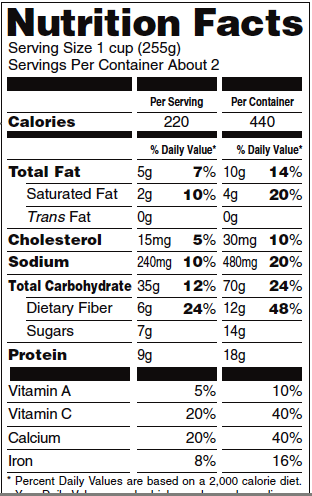Let’s Move! Celebrates its 3rd Birthday–At Walmart’s
Last week, First Lady Michelle Obama did a national tour to celebrate the third anniversary of her Let’s Move! campaign to end childhood obesity within a generation.
As explained in the White House press release, the tour was to focus on school lunches, physical activity, and getting businesses involved—“Healthy Families, Thriving Businesses.”
To that end, she visited a Walmart in Springfield, Missouri to congratulate the company on its pledge to open 300 stores in communities with limited access to affordable healthy foods, to reduce salt and sugars in its products, to make healthier food more affordable, and to put front-of-package logos on healthier foods.
As the press release explained (and as Walmart says in its own):
Walmart is one of many businesses across the country that is making healthy changes to support their customers, because they recognize that what’s good for their customer’s health is also good for their business. Following the tour, Mrs. Obama will deliver remarks about how supporting the health of American families is also good for business, and remind consumers that it’s up to them to continue demanding healthier options.
Did this mean that the new emphasis of Let’s Move! would be on personal responsibility? Mrs. Obama explained further in the Wall Street Journal:
Take the example of Wal-Mart. In just the past two years, the company reports that it has cut the costs to its consumers of fruits and vegetables by $2.3 billion and reduced the amount of sugar in its products by 10%. Wal-Mart has also opened 86 new stores in underserved communities and launched a labeling program that helps customers spot healthy items on the shelf.
The best reported account of this visit is by Eddie Gehman Kohan at Obamafoodorama. She points out that this particular Walmart is not located in an underserved community. She also did the math and calculated that the savings in the cost of fruits and vegetables work out to 16 cents per week per customer.
At this point, I thought it was time for a field trip.
I was in Ithaca, NY over the weekend and checked out its Walmart to see what its Let’s Move!-inspired actions looked like on the ground. I particularly wanted to see how its “Great for You” labeling program was working out. This, you may recall, identifies healthy products with this logo:
Although the labeling program was announced a year ago, I had to search hard to find any examples. Here are a couple in the produce section.
Only a few bins of produce were marked with those labels. There’s a tiny one in the picture below in front of some clementines from Honduras, but none of the other foods in that section had labels.
I could not find another such label anywhere else in the store.
How else was this Walmart promoting healthier eating? Its big in-store promotion that day was right along the produce section: a large display of Oreo Mega Stuf cookies (the ones with twice the filling and twice the calories of regular Oreos). A man was handing out free samples and dollar-off coupons. When I picked up a package to read the label he said “Don’t do that. Treat yourself.”
The Ithaca Walmart is a quarter of a mile from Wegmans, so I did some comparison shopping. I was surprised to find that the prices were remarkably close—about the same or only slightly higher (explaining why the Walmart price advantage is only a couple of cents a day).
But the people who shopped in Wegmans looked more affluent and healthier than Walmart shoppers.
Although the prices are similar—and the fresh foods at Wegmans are of higher quality—that Walmart is much less crowded, sparsely staffed by poorly paid employees, and somehow makes it more comfortable for very poor people to shop there.
My conclusions:
- Walmart makes produce available at market prices to people who don’t feel comfortable going to Wegmans.
- Walmart promises to open stores in low-income areas where Wegmans will not.
On this basis, does Walmart deserve this high level of White House praise and attention?
I don’t get it.







